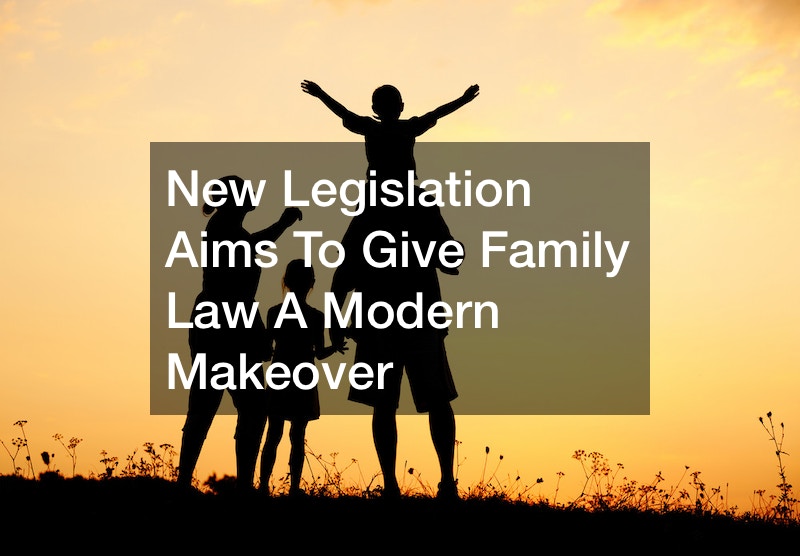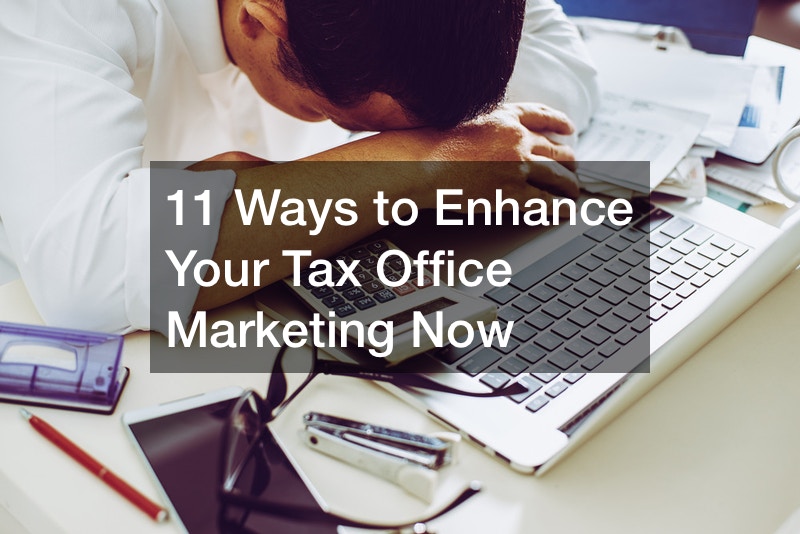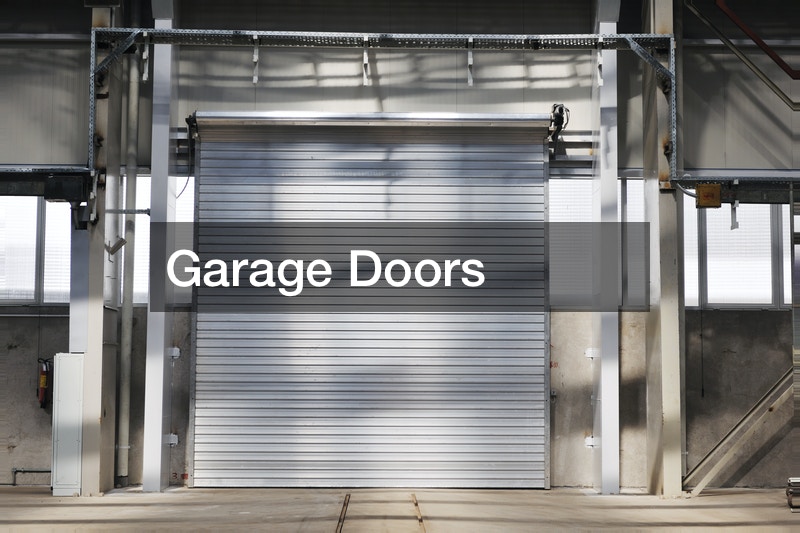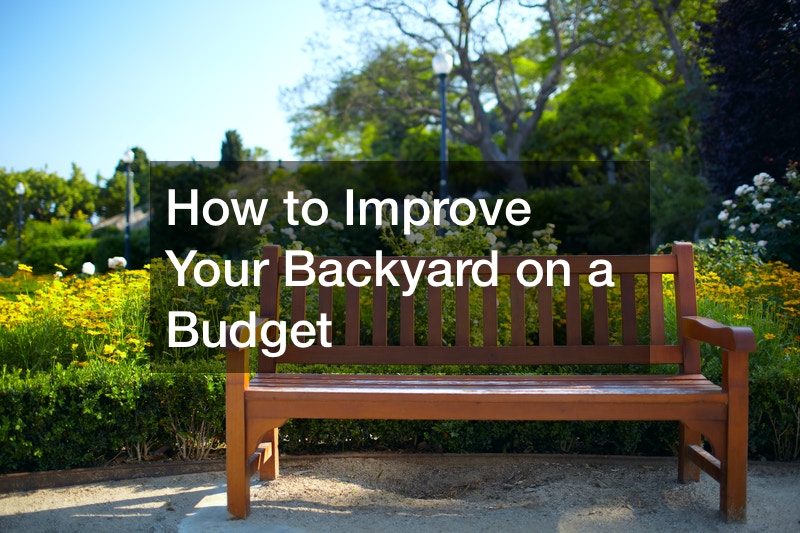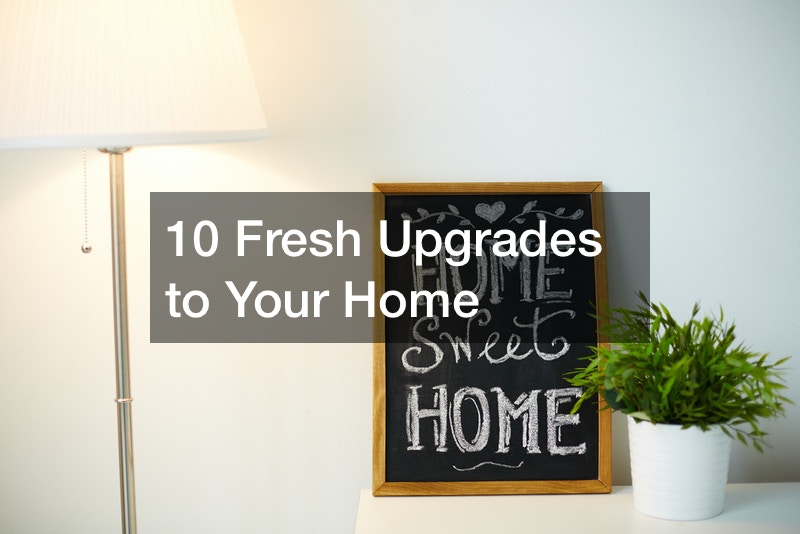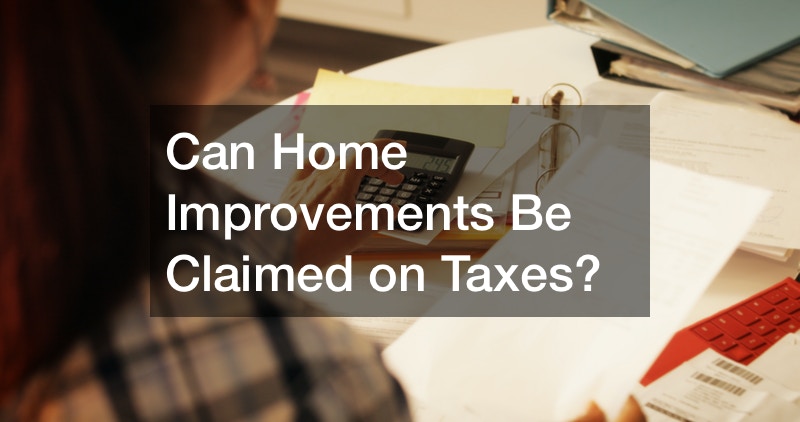New Car Price Increases Affect Used Cars
Car prices have been steadily increasing. Is now the right time to buy?
The used car market changes over time due to supply and demand. A surge in buying used cars is driving up the price. This makes it a great time to sell the car in your driveway, but it means that buying a used car is becoming increasingly expensive. This trend seems unlikely to reverse shortly. If you want to buy a used car, the sooner the better.

In the marketplace cars and trucks for sale have been increasing in value because there are more buyers than sellers. Used trucks on Craigslist are also going up in value, as sellers recognize the market advantage. A 4 door semi is significantly more expensive than it was six months ago, and a comparison of used 3/4 ton diesel trucks for sale reveals that they are also going up in price.
If you are looking for used trucks for sale, the best time to buy them is now. The demand remains high and the supply is still low. You might even be able to sell the truck you buy for a profit in another year.

Thinking of buying a car? Now might be the time to act. With rising costs of new cars, more people are turning to used cars, and therefore causing the prices of previously owned vehicles to rise. In December of 2014, wholesale auction prices of used cars rose 0.3%, compared to the annual 1.4% drop of the past 10 years.
In 2014, the average price of a new car rose 1.9% from 2013, while the average used car saw a price increase of 5.1%, according to TrueCar. TrueCar is an online service that provides customers with information about the sale of used cars. With this information, customers are able to tell dealers the average market price of the used car, giving them a bargaining advantage during the sale. Even with market information made more available to customers, the National Automobile Dealer Association predicts that prices will rise between 1.5 and 2.5% in the first quarter of 2015.

Additionally, lower gas prices across the nation are causing prices of certain types of vehicle to rise faster than others. Cars rose 0.9% between 2013 and 2014, but the price of trucks, vans, and SUVs rose 6.3% in the same time frame. Because of an increased resumption of construction projects, the cost of full-sized vans rose 10.5%. SUV prices varied based on vehicle size: midsize SUVs saw an increase of 11.2%, while small SUVs only rose 8.8%.
Manufacturer-certified used cars are still the most popular, and dealers are increasing their supply by accepting quality trade-ins toward the cost of a new car. Manufacturers are offering more incentives toward the purchase of new cars, which may also play a role in increasing the inventory of used cars.
Eventually, the overflow of available used cars will drive prices back down, but, until then, they will continue to rise, making now one of the best times to buy a used car — before prices creep any higher.


